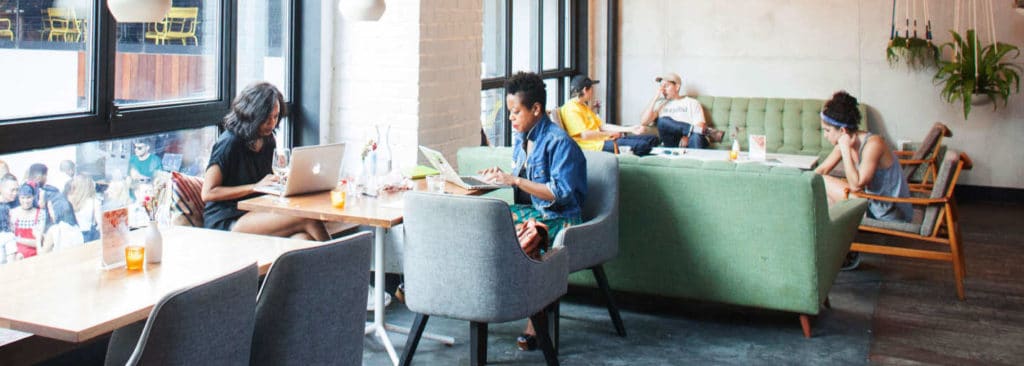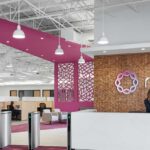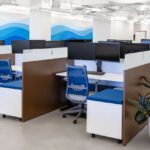In the 80’s employees said that they needed the workplace to support the need to concentrate without distractions, in response thousands of high walled cubicles took over the corporate landscape. In the 90’s the tide turned, more employees were requesting more access to other people for interaction & collaboration. Organizations shifted to open plan bringing down the “cube farms.”
The real-estate allocation of open space supported collaboration while shrinking individual workspace, has the pendulum swung too far?
Once again people are requesting privacy, not only for heads down work but also to recharge from the stress/demands of today’s fast-paced technology infused workplace. We are rarely alone in the workplace, always accessible. It’s not surprising people flee the workplace of distractions to den up at the coffee-house or work from home. Meanwhile, the workplace suffers from diminished communication, decreased engagement, and a cultural disconnect.

Here are a few key “me” privacy strategies:
Strategic Anonymity
Some of us find deep privacy in the hum of a crowded airport, café, coffee house or social workplace setting. The ambient background allows some of us to focus and enhance creative tasks. This setting also allows people to choose where and when to make themselves anonymous.
Selective Exposure
The boundaries between the workplace and private life is constantly fading. No longer is the 9-5 work week the norm, we blend home/work, co-workers & projects. The exposure of information is blending from sharing confidential workplace information to the simplest of things … what information people gather from the images on your desk. People are using space along with technology to selectively control the information flow.
Entrusted Confidence
Privacy doesn’t always mean being alone. Private conversations between coworkers in a highly open workplace demands easy access to dedicated rooms for sharing information. Individuals are requesting secure areas for information sharing.
Intentional Shielding
Many people feel “violated” when they think they are being watched or eavesdropped on. From selecting a private enclosed area to a highly used public space, individuals are able to escape or blend in without an audience.
Purposeful Solitude
Solitude is intentional, you make a conscious choice on how to separate yourself from others in order to concentrate, recharge, express emotion or engage in personal activities. Some people may choose a closed space where they have visual and acoustical privacy if they need respite or to focus intently on a project. Others may choose to eat lunch in the farthest empty corner of a cafeteria, stepping outside to sit alone or take a walk.



Leave a Reply